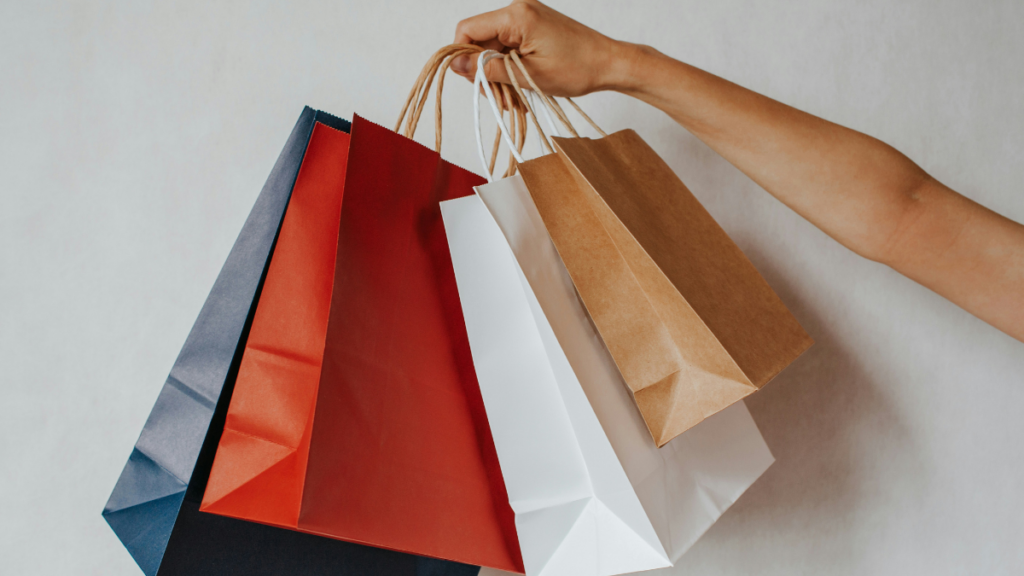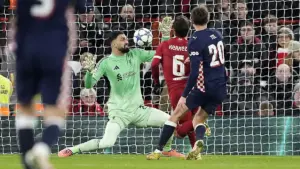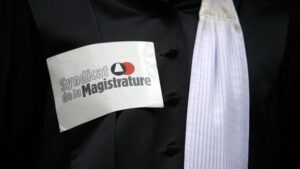
Get the object you want immediately by paying a fraction of its price: this trend is growing in the United States. Nearly half of US consumers plan to use “Buy now pay later» –Buy now, pay later– so-called BNPL, for their Christmas shopping, according to a Paypal survey. Millennials and Generation Z have adopted payment solutions such as Affirm and Klarna, which allow them to buy goods and services online or in stores, with just one click: you pay a percentage of the price and the rest is converted into a loan, with no additional fees – at least, if we rely on the very fine words of these financial players.
Although purchasing power is still a major concern for Americans, the shopping season – which can sometimes be excessive – begins at the end of the year. But this year, BNPL options are everywhere, offered by every financial player, from fintech startups to big banks. At Donald Trump’s urging, the Consumer Financial Protection Bureau last May stopped forcing fintech lenders to take certain consumer protection measures, opening the door to unexpected fees and debt. For some economists, the current situation is reminiscent of the beginning of the subprime crisis that led to the Great Recession.
“BNPL lenders are not currently required to determine whether consumers can afford their loans»said Nadine Chabrier, policy and litigation counsel at the Center for Responsible Lending in North Carolina. “There is currently no control over borrowers taking out multiple BNPL amounts simultaneously, which can lead to excessive debt.”
The possibility of paying in several installments – often without interest – makes it easier to purchase expensive items, and this is a success for shops that have implemented this mechanism without breaking a sweat. Lenders, for their part, gain a double benefit: an initial, even minimal, debit at the time of purchase, then a late fee is billed to the customer, as explained in detail in the Vox article.
Noticeable increase in lending since Covid
As a pioneer in this sector, the company Affirm popularized BNPL. Its direct competitor, flexible payments service Klarna, joined the market in 2015. The pandemic was the catalyst. Loan amounts have soared across the Atlantic, rising from 16.8 million dollars (14.6 million euros) in 2019 to 180 million (156 million euros) in 2022, according to a report from the Consumer Financial Protection Bureau. The average credit amount was about 135 dollars, or about 120 euros, indicating that it was mostly small purchases that triggered this surge.
The problem is that lenders almost never check the creditworthiness of their customers, while leaving them to collect loans. According to a Lending Tree survey, more than 40% of deferred payment fans admit to having made late payments in 2024, which is 6% more than in 2023. These delays are not trivial: fees can increase by up to 36% of the initial amount. Additionally, 20% of respondents said they took out more than three loans at once, especially for food purchases.
In the United States, this sector remains largely unregulated as consumer debt turns into a coveted financial asset. Investment fund Elliott Investment Management has reached a deal to buy $6.5 billion (€5.6 billion) worth of debt from Klarna, as the fintech company expands its offering to long-term loans – that is, for larger amounts. In June, Affirm claimed to have sold nearly $12 billion (€10.4 billion) of debt in the form of securities.
“It’s too early to talk about a crisisshades of Nadine Chabrier, drawing parallels with subprime. While this may be the case, we do not know enough about the scale of BNPL lending to make such a claim..” The New York Times Magazine was more concerned. According to him, some buyers are in a difficult situation because they ignore the end-of-contract clauses written in small print. “Sector (from BNPL; editor’s note) creating a new delusional consumption culture and trapping users in a debt spiral”we can read it in the column.
Although the split payment fever has not yet reached France (unlike northern Europe where it is very widespread), this market is starting to develop. More than 37% of French people said they had used this method to pay for purchases in 2024-2025, representing almost 4.5 billion euros in transactions in 2021 and a projection of 22.5 billion euros for 2025.





